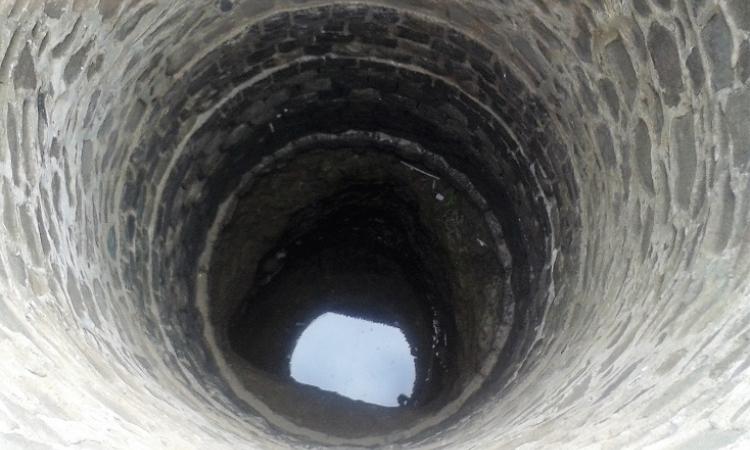
India, a groundwater stressed country
India is the largest user of groundwater in the world and is experiencing an alarming depletion of its groundwater resources with withdrawal rates being much higher than replenishment. Evidence shows that India's dependence on groundwater has increased following the green revolution in the 1960s and as high as 1000 blocks of the country have become water stressed. Groundwater levels have declined by 61 percent from 2007 to 2017 due to overextraction with as high as 89 percent of the extracted groundwater being used for irrigation.
While the Indo-Gangetic plains, northwestern, central and western parts of India show high dependence on groundwater based irrigation, western India and the Indo-Gangetic plains irrigate the maximum i.e. more than 90 percent of their area using groundwater.
Factors affecting groundwater availability
Both anthropogenic and climatic factors are known to influence groundwater availability in India. For example, rainfall adds 68 percent to India’s annual replenishable groundwater resources while return flows from irrigation, canal seepage and recharge from ponds, tanks, and water conservation structures contribute the remaining 32 percent.
Changes in the intensity and patterns of rainfall can have a major impact on groundwater recharge and the long-term availability of groundwater. Long term changes in temperature can also influence groundwater storage and availability. High temperatures increase the rate of evapotranspiration leading to depletion of soil moisture. Dry soil needs more water for irrigation, which is often met by extracting more groundwater.
Policies related to groundwater use can also play an important role in controlling the depletion of groundwater resources.
While severe depletion of groundwater resources is found in Western India, very few studies have explored the factors affecting groundwater storage and availability in the region. This paper ‘On the changes in groundwater storage variability in Western India using GRACE and well observations’ published in the journal Remote Sensing in Earth Systems Sciences analyses the relationship of groundwater storage with climate and groundwater related policies by comparing two states from semi-arid regions of Western India, namely Gujarat, a state having strong groundwater policies and Rajasthan, a state having no groundwater policies.
The study uses data from two sources, CGWB data that looks at groundwater stored in wells and satellite data or GRACE data that looks at TWS (terrestrial water storage) that includes water stored as groundwater, soil moisture and surface water.
The tale of two states
The study finds that:
Terrestrial water storage (TWS) and groundwater storage show a decline (at the rate of ?3.67 km3/year) in Western India during 2002–2016.
Rainfall shows an increasing pattern in both, Gujarat and Rajasthan. Both the states show increase in temperatures that can lead to high rate of evapotranspiration and increase in groundwater demand for irrigation. However, Gujarat shows rejuvenation of groundwater storage while Rajasthan shows severe groundwater depletion. This is because although both the states have a significant area irrigated with groundwater, and water is drawn using electric tube wells from deep aquifers, Gujarat has a policy in place to restrict groundwater extraction by limiting the number of hours of electricity supplied by providing a separate grid for the agriculture sector. No such restriction or policy has as yet been implemented in Rajasthan.
Groundwater storage estimates from both shallow and deep wells do not show any correlation with rainfall, but are found to be linked to groundwater extraction and policy measures implemented in the states. Gujarat shows rejuvenation of groundwater storage due to less number of deep tube wells as well as due to the policy measures taken to reduce groundwater pumping. Rajasthan, on the other hand, shows extensive groundwater depletion due to lack of policy measures to reduce groundwater pumping and poor groundwater management practices.
The study argues that policy and behavioural interventions directed at reducing groundwater pumping and focusing on changing cropping patterns, improving irrigation efficiency and encouraging artificial groundwater recharge can go a long way in changing the situation and maintaining a balance between extraction and recharge in semi-arid regions in the country.
The paper can be accessed here